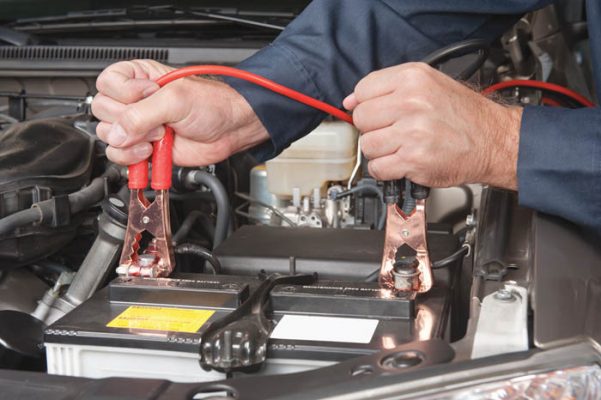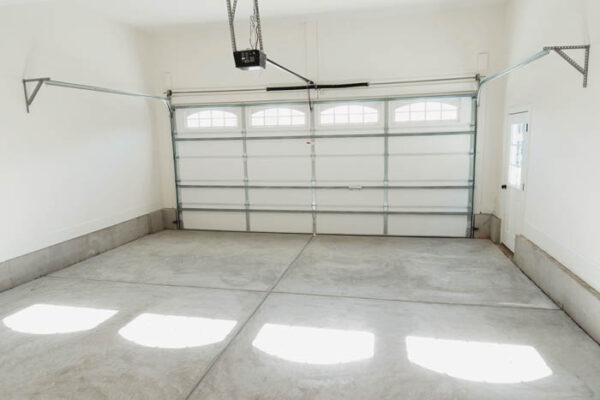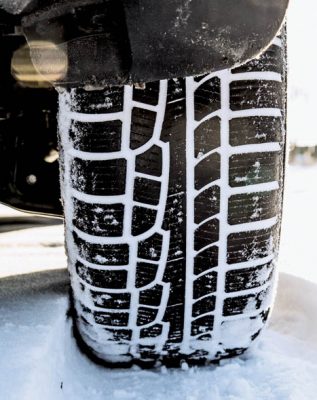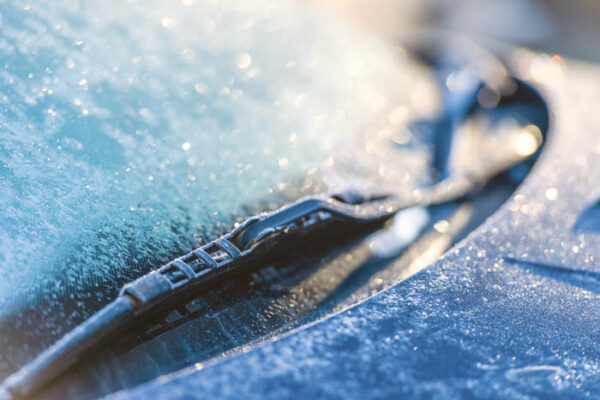For tackling snow- and ice-covered roads
Make your car cozier this winter
When it comes to getting your car ready for the upcoming harsh winter conditions, safety should always come first. But once you’ve installed your snow tires, filled up on antifreeze and changed your wiper blades, it’s time to start thinking about your comfort! Stay toasty in your vehicle all winter long with these add-ons.
• Heated steering wheel. If you dislike wearing gloves while you drive or are tired of clutching a frigid steering wheel, this is an accessory for you. A heated steering wheel will warm your fingers in no time — and keep them that way for the entire trip! Not to worry if your car isn’t equipped with one; you can always purchase a heated wheel cover.
• Heated seats. Heated seats and seat covers are a blessing during the harsh winter months. Nothing chases the cold from your bones better than being wrapped in warmth as soon as you hit the road. Take it a step further with heated back seats to pamper your passengers.
• Remote car starter. Tired of shivering through the first half of your commute? With a remote car starter, you can stay comfortably inside your home while your car heats up. Some models even come with a programmable timer to keep your car’s idle time — and exhaust fumes — to a minimum.
• Portable car warmer. This is the perfect solution if your car’s heater is erratic at the best of times and you don’t have the budget to fix it. With an automatic heating unit, you’ll finally be in control of the temperature inside your vehicle.
And if you’re still looking for an affordable way to stay warm this winter, why not purchase a heated travel mug? It’s a great way to enjoy a hot chocolate or coffee on the go.
Ten simple steps to get your car ready for winter
The days are getting shorter and it’s time to start thinking about getting your car or truck winter-ready. The last thing you want is to be left in the cold while out on the roads. Here are ten easy ways to keep your vehicle running smoothly all winter.

1. Install your winter tires and have their pressure checked (don’t forget the spare!)
2. Change oil and replace any dirty filters
3. Fill the radiator with a 50/50 blend of antifreeze and water
4. Make sure your windshield wiper blades are in good condition
5. Fill up on winter-formula washer fluid and keep a spare jug in your trunk
6. Make sure the heater and defroster are working properly
7. Inspect your vehicle’s headlights, tail lights and turn signals
8. Check the battery for any signs of buildup
9. Lubricate the locks and buy a lock de-icer
10. Put together an emergency kit (include a shovel, warm clothing, non-perishable food, a first aid kit, flares, tire chains, etc.) and store it in the trunk
And there you have it: your car or truck is now ready for winter. All that’s left to do before you hit the frozen road is to clear the snow off your vehicle!
Is parking indoors during the winter a good idea?
UPSIDES
You’ll be protecting your vehicle from the harsh winter elements — which means less snow brushing and ice scraping for you, and less wear for your paint job. A garage also keeps the oil in your car warmer and less viscous, allowing it to lubricate the engine much faster.
POTENTIAL DOWNSIDES
Humidity is the biggest problem you’ll face if you store your car in the garage this winter. Letting the ambient temperature melt the snow, ice and slush off of your car is extremely convenient, but it also produces a lot of moisture. Humidity and cars don’t mix. Combined with warm temperatures and salt residue, it speeds up oxidization, which can cause your car to rust.
 Fortunately, there are some steps you can take to prevent this from happening. Avoid sharp temperature variations, which cause condensation, by keeping the temperature in your garage around five degrees. Proper ventilation will allow your car to dry off faster, thereby lowering the humidity level in your garage. And you can always have your car rustproofed prior to the winter season as an added precaution.
Fortunately, there are some steps you can take to prevent this from happening. Avoid sharp temperature variations, which cause condensation, by keeping the temperature in your garage around five degrees. Proper ventilation will allow your car to dry off faster, thereby lowering the humidity level in your garage. And you can always have your car rustproofed prior to the winter season as an added precaution.
Finally, if you do decide to park your car in the garage during the winter, try to keep the gas tank as full as possible. This will help reduce condensation, which, combined with the drastic change in temperature outside, could cause any moisture in your fuel line to freeze.
Choosing the right winter tires
 As the seasons change, so do your tire needs. When the cold starts to set in, switching to winter tires will improve your vehicle’s traction, stability and braking power on snow-covered or icy roads. However, not all winter tires are the same. Here are a few things to consider before purchasing a new set.
As the seasons change, so do your tire needs. When the cold starts to set in, switching to winter tires will improve your vehicle’s traction, stability and braking power on snow-covered or icy roads. However, not all winter tires are the same. Here are a few things to consider before purchasing a new set.
1. Mileage. There’s no point in buying high-end tires if you plan on staying in when the weather turns bad. However, more sophisticated models are a worthwhile investment if you plan on doing a lot of driving during the winter.
2. Location. Road conditions vary from location to location (city, country, highway, etc.). Take this into account when shopping for new tires.
3. Road surface. Winter tires designed specifically for snowy conditions — even high-performance models — won’t offer optimal adherence on icy surfaces.
4. Budget. You mostly get what you pay for when it comes to winter tires, given that price is often a good indicator of performance.
5. Current tires. The winter tires you currently own are a good place to start your research, especially if you’ve been satisfied with their performance up to now.
Finally, your ideal tires will depend on the type and size of the vehicle you drive. Of course, certain factors — like towing a trailer — can change your current needs. And don’t forget, you can always visit a tire retailer or specialist should you have any questions or if you need advice from the experts.
Are your windshield wipers winter-ready?

You already know how important it is to have the right winter tires installed on your vehicle when the cold weather sets in. But what about your wiper blades? Visibility being of the utmost importance while driving, these vital components are not to be neglected come wintertime.
First off, it’s important to know that you should replace your wiper blades every year, and that you shouldn’t be using the same blades for all seasons. Thanks to their flexible rubber sleeve, wiper blades made expressly for winter conditions prevent snow and ice from accumulating on your windshield. However, if you leave them on during the summer, sunlight and heat will cause the rubber to deteriorate. Wait until autumn before you install winter wipers. Keeping your summer wipers in your trunk during the winter is also a good idea — you never know when they might come in handy.
You’ll also need to take good care of your wiper blades during the winter. This means defrosting your windshield to free the wipers if they get stuck and removing any ice and snow before you start them — your wipers aren’t meant to replace your snowbrush. Be careful not to damage the rubber blade when you clean your windshield, and be on the lookout for any signs of wear and tear.
If your wipers start showing cracks, making noise or leaving streaks behind, replace them as soon as possible. Worn-out wipers are less effective, can compromise your visibility and can scratch and damage your windshield. Don’t forget to measure the length of your wipers before purchasing new ones, and be sure to buy some cold weather washer fluid to help maintain great visibility all winter long.



